June 19, 2025 | 01:03 GMT +7
June 19, 2025 | 01:03 GMT +7
Hotline: 0913.378.918
June 19, 2025 | 01:03 GMT +7
Hotline: 0913.378.918
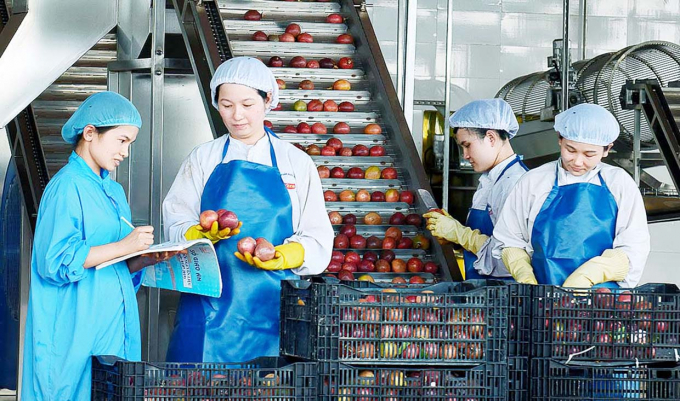
Gia Lai passion fruit is has high expectations in the export market. Photo: Tuan Anh.
Gia Lai Province's Department of Agriculture and Rural Development reported that the total farming area in the province is estimated at 557,685 hectares. This includes 311,571 hectares of annual trees, 222,780 hectares of industrial trees, 21,375 hectares of fruit trees, 1,958 hectares of medicinal plants.
Coffee has been identified by the province as one of the key crops with nearly 98,000 hectares, including over 36,620 hectares meeting the VietGAP, GlobalGAP, 4C, Organic, Rainforest Alliance certification standards. In addition, the province has approximately 190,556ha of various crops produced following VietGAP, GlobalGAP, 4C, Organic, Rainforest Alliance standards.
Gia Lai strives to increase the area of crops produced according to certified standards by 5 thousand hectares/year from 2022 to 2025, and by 7-8 thousand hectares/year from 2025 to 2030.
The province has 55 growing area codes including: 6 mango growing area codes, 9 watermelon growing area codes, 8 dragon fruit growing area codes, 10 jackfruit growing area codes, 18 banana growing area codes; and 21 packaging facility codes. It is expected that by the end of 2022, Gia Lai will have at least 100 growing area and packaging facility codes that meet the regulations of importing countries.
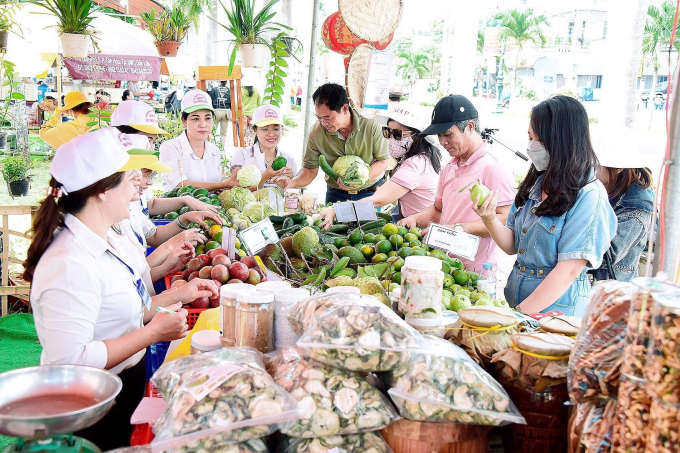
Gia Lai agricultural products aim towards high quality production. Photo: Tuan Anh.
Members of Ia Mo Nong Production, Trade, Tourism and Agriculture Cooperative in Ia Mo Nong commune, Chu Pah district are focusing on building to perfect 8 growing area codes for nearly 200ha of passion fruit, with the aim of exporting through official channels to China.
Mr. Le Van Thanh, Director of Ia Mo Nong Cooperative, said that in addition to passion fruit, the cooperative's members has nearly 300 hectares of coffee that meet 4C and Organic standards. There are also more than 500 hectares of high-quality durian.
“There are currently many Chinese businesses asking to purchase agricultural products, so the main target of our cooperative will be the export market. In order to do so, we must finalize all the steps in the process including developing the growing area code, geographical indication, traceability and so on. If nothing changes, within the next September, the cooperative will be granted an area code to officially export passion fruit to China", Mr. Thanh shared.
According to Mr. Thanh, for Gia Lai agricultural products to be exported sustainably, it is necessary to cooperate with local authorities as well as the agricultural sector in completing the development of standards required by importing countries.
As the 2nd largest coffee exporter in the country, Vinh Hiep Co., Ltd. strives to achieve an export turnover of 250 million USD by 2022, which is an increase of 40% compared to 2021.
Mr. Thai Nhu Hiep, Director of Vinh Hiep Co., Ltd, said that Robusta coffee has become a high-quality commodity for long-term development in the Central Highlands provinces. The company is preparing to connect raw material areas within the Central Highlands provinces to offer quality products, as well as help producers improve value and grow sustainably.
“We are building material areas according to the strictest market standards such as the US, Europe, Japan or Korea. But it will take a long time to develop widely in the Central Highlands provinces. The most important bottleneck at the moment is the need for ministries, sectors and the Government to cooperate with businesses in expanding the raw material area", said Mr. Hiep.
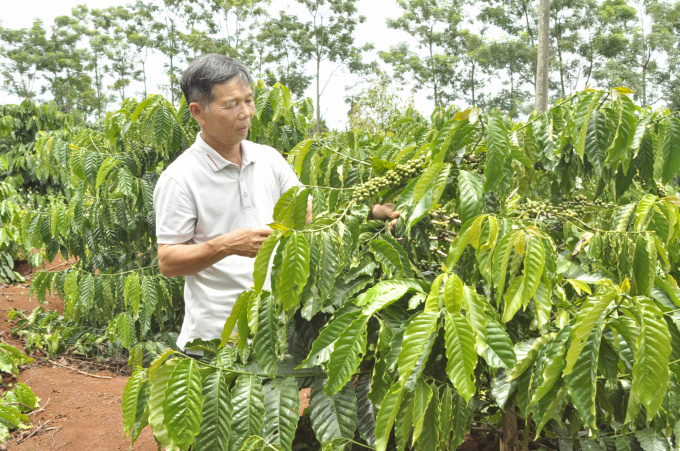
Coffee is still Gia Lai province's main export agricultural product. Photo: Tuan Anh.
Mr. Doan Ngoc Co, Deputy Director of Gia Lai province's Department of Agriculture and Rural Development, said that out of nearly 230 hectares of standardized crops, only 46,000 hectares were certified for export.
Therefore, in order to ensure that Gia Lai's agricultural products will perform well in the export market, the province will continue to expand the production area according to export standards while maintaining compatibility for each type of crop.
In addition, in order to create large output and high quality, we need to focus on implementing the production links in association with product consumption. There are currently many households who have linked with with cooperatives to create high-quality products, and with businesses for export.
For sustainable export, each chain requires the participation of a leading business in order to gradually elevate the value of products serving the export market.
“Gia Lai is calling for large businesses to join production and serve the export market. In addition,the province is also increasing the granting of growing area and packaging facilities codes to meet the export market", said Mr. Co.
Mr. Pham Van Binh, Director of Gia Lai Province's Department of Industry and Trade, said that Vietnam has signed multiple trade agreements to bring agricultural products to the European and American markets. There are still many markets that we can expand to such as Africa, North America among others to extend the reach of Vietnamese agricultural products.
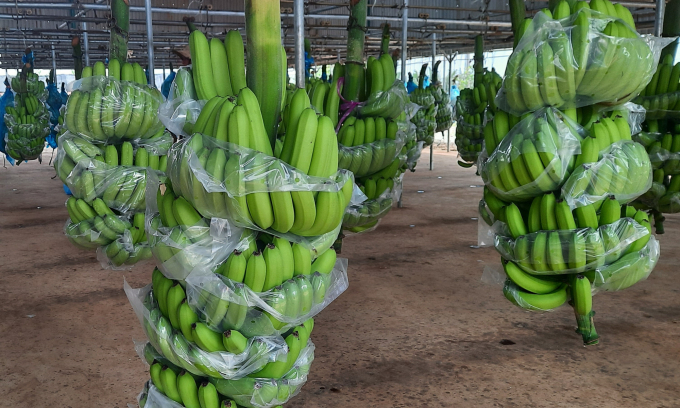
Banana trees have been developed strongly in Gia Lai. Photo: Tuan Anh.
Furthermore, the Department of Industry and Trade has worked closely with the Department of Import-Export (Ministry of Industry and Trade), the Vietnam Chamber of Commerce and Industry, as well as foreign Trade Counselors from other countries to regularly provide information about the market for exporter in the province. In the following month, Gia Lai plans to promote two major agricultural import markets, Korea and Japan, for businesses to find export opportunities.
Mr. Binh emphasized: “In addition to information about the market, the most important factor is that agricultural products must meet the standards and requirements of importing countries. Consequently, our agricultural products must be produced organically, with traceability, geographical indications, etc. in order to meet these standards and requirements".
According to Mr. Binh, Gia Lai has 30 export businesses, bringing agricultural products to nearly 40 countries around the world. Accordingly, 3 major businesses in the province are earning reputation in the international market; they are: Vinh Hiep Co., Ltd., Hoa Trang Import-Export Co., Ltd., and Bien Ho Tea Joint Stock Company.
"We will continue to promote information about international markets, build a variety of product introduction forms to promote the image of agricultural products to countries around the world", Mr. Binh shared about future plans.
Mr. Pham Van Binh said that: "For Vietnamese agricultural products to reach international consumers, in addition to product quality standards, we need to reorganize production in the direction of concentration, avoiding fragmentated, and small scale production. As a result, it is necessary to link industry associations, businesses and cooperatives. In addition, the Government needs to have certain support mechanisms for businesses to bolster investment. With that, Vietnamese agricultural product's value will be enhanced, and thereby expanding exports.
Translated by Nguyen Hai Long
![Turning wind and rain into action: [9] Digitizing hydrometeorological data in response to climate change](https://t.ex-cdn.com/nongnghiepmoitruong.vn/608w/files/news/2025/06/17/z6704423696987_15fd32ffc26d590d204d520c9dac6786-nongnghiep-165943.jpg)
(VAN) Farmers have begun accessing hydrometeorological applications to adjust their cropping schedules, aiming to ensure productivity and adapt to climate change.
![Turning wind and rain into action: [8] Real-time salinity detection and early warning technology](https://t.ex-cdn.com/nongnghiepmoitruong.vn/608w/files/news/2025/06/17/z6704423696987_15fd32ffc26d590d204d520c9dac6786-nongnghiep-151127.jpg)
(VAN) Thanks to the integration of modern hydrological-hydraulic models, remote sensing technologies, and artificial intelligence, the accuracy of hydrological forecasting has significantly improved.
![Turning wind and rain into action: [7] Early disaster warnings help marine farmers minimize losses](https://t.ex-cdn.com/nongnghiepmoitruong.vn/608w/files/news/2025/06/17/z6704423696987_15fd32ffc26d590d204d520c9dac6786-nongnghiep-142942.jpg)
(VAN) In recent years, thanks to early disaster warnings and forecasting, marine farmers in Khanh Hoa province have been able to reduce risks and losses, thereby improving production efficiency.
![Turning wind and rain into action: [6] ‘Four on-the-spot’ disaster management software](https://t.ex-cdn.com/nongnghiepmoitruong.vn/608w/files/news/2025/06/17/e5a48259d6a262fc3bb3-nongnghiep-183800.jpg)
(VAN) By simply activating the scenario on the disaster management software, the relevant authorities immediately know how many households need to be evacuated, where to evacuate them to, and by what means of transportation…
![Turning wind and rain into action: [5] Hue applies modern technology in disaster forecasting](https://t.ex-cdn.com/nongnghiepmoitruong.vn/608w/files/news/2025/06/17/z6704423696987_15fd32ffc26d590d204d520c9dac6786-nongnghiep-093938.jpg)
(VAN) In Hue city, modern technology has recently been applied in meteorological and hydrological forecasting and warning, helping to reduce the damage caused by natural disasters.
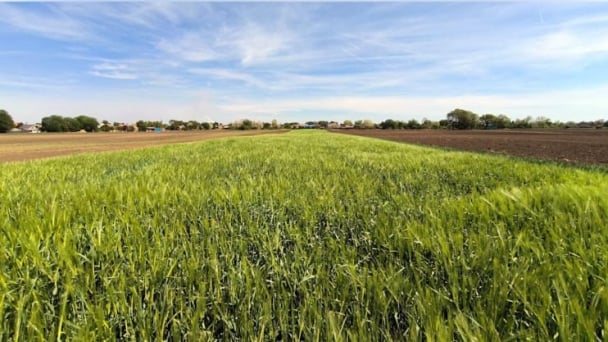
(VAN) A cutting-edge farming technique being implemented on an experimental ranch in Arizona's Sonoran Desert has already saved a billion gallons of water over five years, according to Civil Eats.

(VAN) Poultry and pig production and the environment can be boosted through enhanced water technology, according to new research.